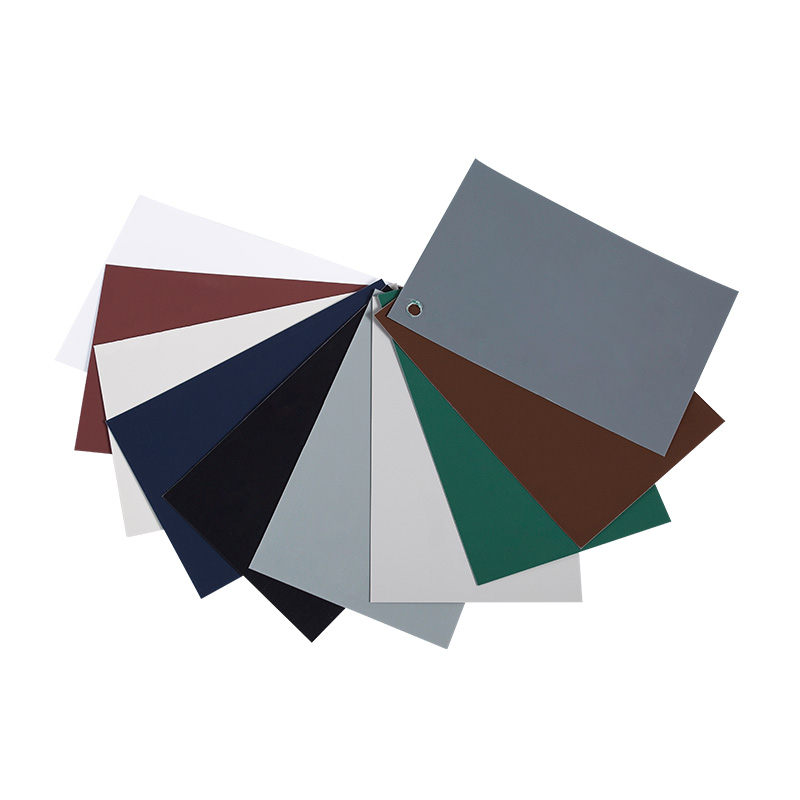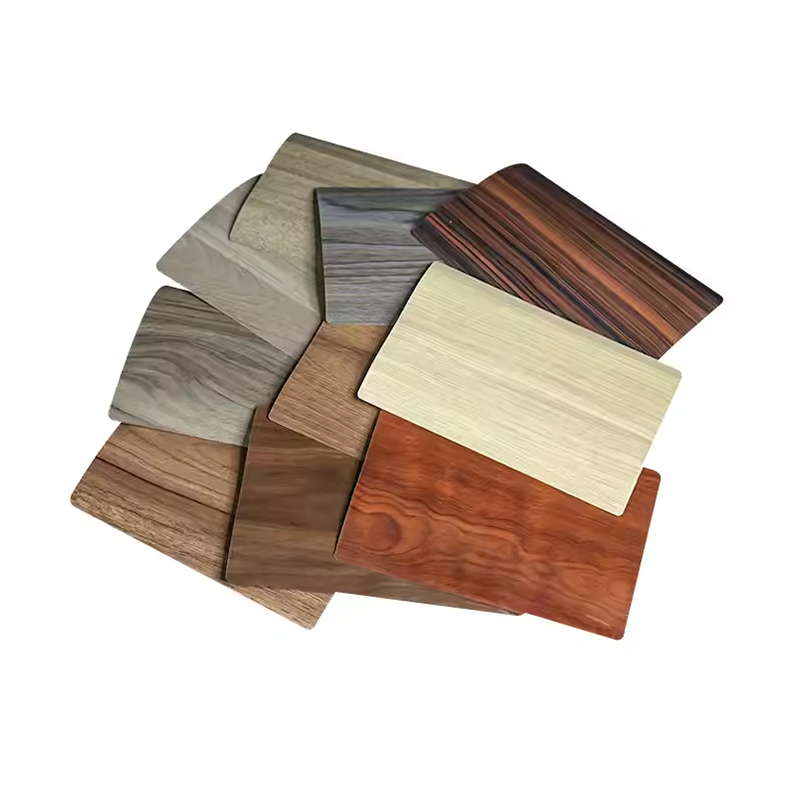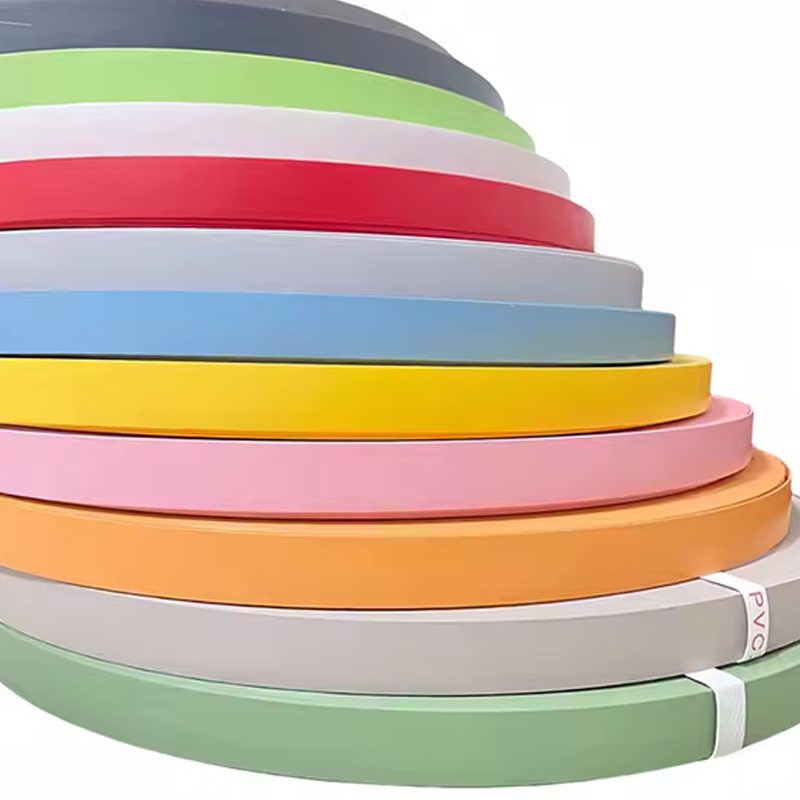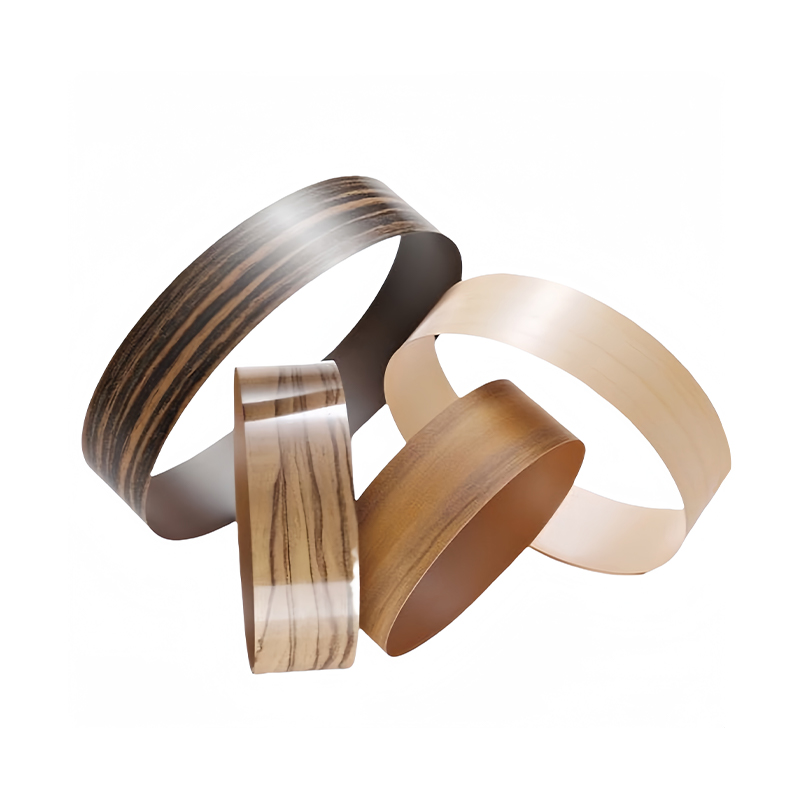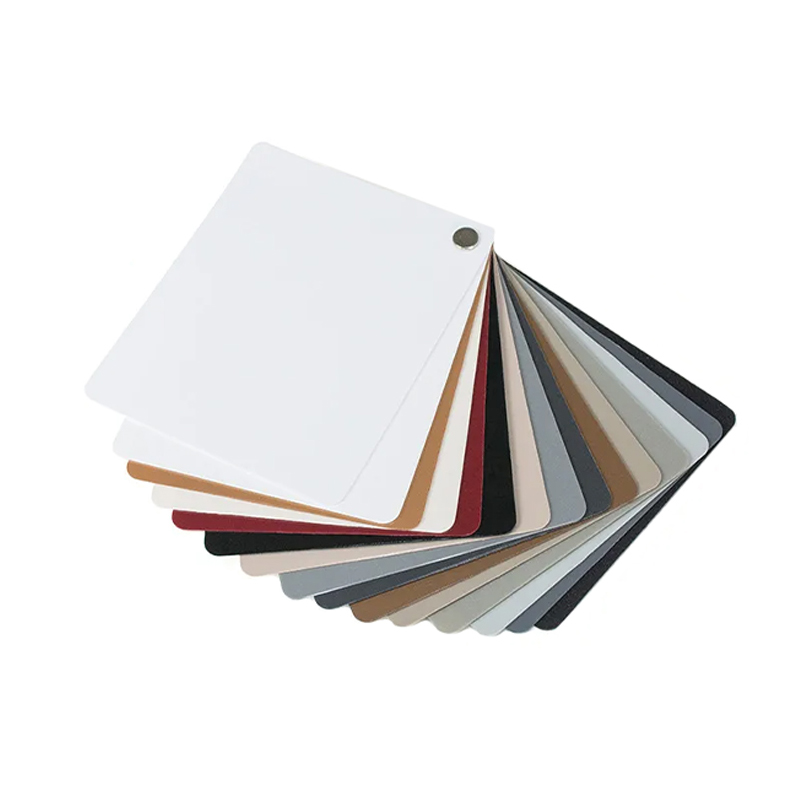Cleaning and Maintenance Practices to Preserve the Anti-Scratch Properties of PVC Decorative Films
2025-10-10
Anti-scratch PVC decorative films are widely used in interior design, furniture, doors, walls, and commercial installations due to their durability, aesthetic appeal, and resistance to minor abrasions. However, maintaining their scratch-resistant properties requires proper cleaning and care. Understanding the best practices ensures longevity, keeps surfaces looking new, and prevents damage that could compromise the protective layer.
Content
1. Use Soft Cleaning Materials
One of the most important practices is to avoid abrasive cleaning tools:
- Soft cloths or microfiber towels are ideal for wiping dust and dirt without scratching the surface.
- Avoid using steel wool, rough sponges, or brushes with stiff bristles, as these can create micro-scratches over time.
- For larger surfaces, a soft mop or sponge can be used to clean evenly without pressure points.
Soft cleaning materials help maintain the integrity of the anti-scratch layer while effectively removing surface contaminants.
2. Select Mild Cleaning Solutions
The chemical composition of the cleaning agent matters:
- Use mild detergents or pH-neutral cleaners mixed with water. These safely remove grease, stains, or fingerprints.
- Avoid strong solvents, harsh chemicals, or acidic cleaners, which may degrade the PVC film or reduce its scratch resistance.
- For stubborn stains, use diluted soap solutions or specially formulated PVC-safe cleaners.
Proper cleaning solutions preserve both the color and protective coating of the decorative film.
3. Wipe in a Consistent Direction
Cleaning techniques also influence scratch preservation:
- Wiping in a single consistent direction reduces friction and prevents random abrasion.
- Circular or aggressive scrubbing can increase the risk of micro-scratches, especially on high-traffic surfaces like furniture or doors.
- For textured films, follow the grain pattern or embossed design during cleaning to maintain appearance.
This technique minimizes surface wear while keeping the film visually appealing.
4. Remove Dust and Grit Before Cleaning
Dust, sand, or grit can act as tiny abrasives on the surface:
- Always dust the surface first using a soft cloth or duster before applying any liquid cleaner.
- Small particles trapped between the cleaning cloth and surface can scratch the PVC film if wiped without prior dust removal.
Regular dusting ensures that cleaning does not unintentionally compromise the anti-scratch properties.
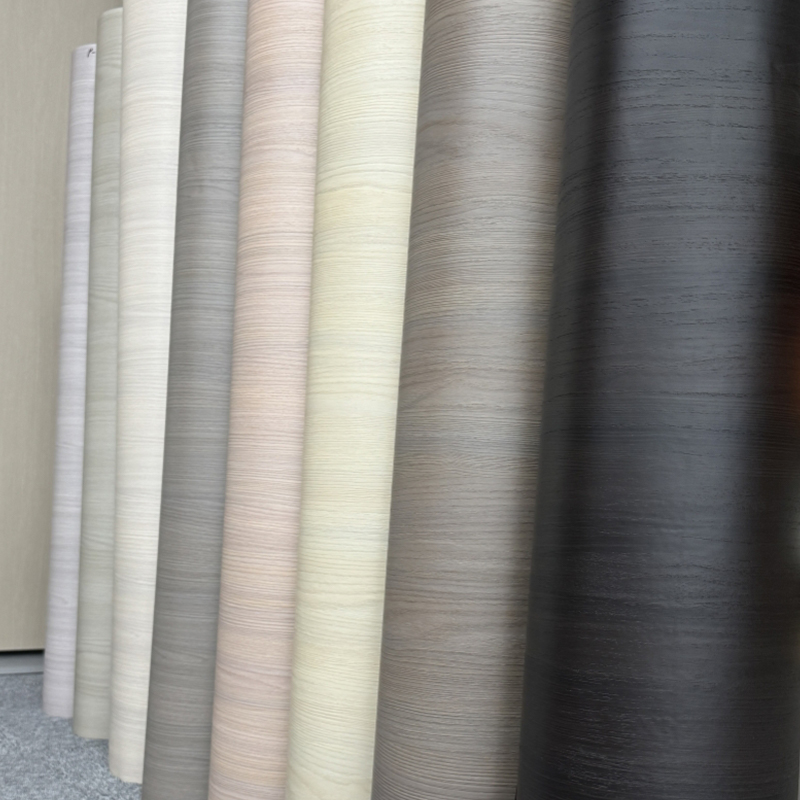
5. Avoid Excessive Moisture
While PVC films are water-resistant, excessive or prolonged moisture can affect the adhesive layer or edges:
- Use a damp cloth rather than soaking the surface.
- Wipe dry immediately after cleaning to prevent water accumulation, especially along seams or corners.
- In humid environments, ensure adequate ventilation to avoid moisture-related peeling or bubbling.
Proper moisture control helps maintain film adhesion and protective coatings.
6. Protect High-Contact Areas
In commercial or residential spaces, certain areas experience more contact:
- Use additional protective pads or mats under heavy objects to reduce friction.
- Avoid dragging sharp items directly across the PVC film surface.
- For doors, furniture, or counters, prevent repeated impact from keys, tools, or utensils.
These preventive measures complement the anti-scratch properties and reduce wear over time.
7. Routine Maintenance Schedule
Consistency is key to long-term performance:
- Establish a weekly dusting routine for high-traffic areas.
- Clean spills and stains immediately to prevent chemical reactions or discoloration.
- Periodically inspect the surface for minor scratches or adhesive lifting and address issues promptly.
Routine maintenance ensures that the anti-scratch layer remains effective and the decorative film retains its original appearance.
8. Avoid Direct Sunlight and Heat Exposure
Excessive heat or UV exposure can degrade PVC films:
- Use window coverings or UV-protective films in rooms with strong sunlight.
- Avoid placing hot objects directly on the film surface.
- Maintain stable indoor temperatures to prevent thermal expansion or warping, which may compromise scratch resistance.
Protecting the film from environmental stressors prolongs both its durability and aesthetic appeal.
Conclusion
To preserve the anti-scratch properties of PVC decorative films, it is essential to use soft cleaning tools, mild solutions, and proper wiping techniques, while preventing dust abrasion, excessive moisture, and heat exposure. Regular dusting, prompt stain removal, and careful handling in high-contact areas ensure that the film maintains its durability, protective function, and visual appeal over time. By following these cleaning and maintenance practices, both residential and commercial installations can enjoy long-lasting, scratch-resistant decorative surfaces.
Recommended Articles
-
1.1 What is PP Decorative Film? PP decorative film is a type of surface material made primarily from polypropylene, a versatile and widely used thermoplastic po...
View More -
Is your furniture looking tired, outdated, or damaged? Imagine transforming it effortlessly into something stunning, durable, and uniquely yours. Enter PVC deco...
View More -
1.Introduction Edge banding is a crucial finishing process used in woodworking and furniture manufacturing to cover and seal the exposed sides of materials such...
View More


 English
English Español
Español عربى
عربى




